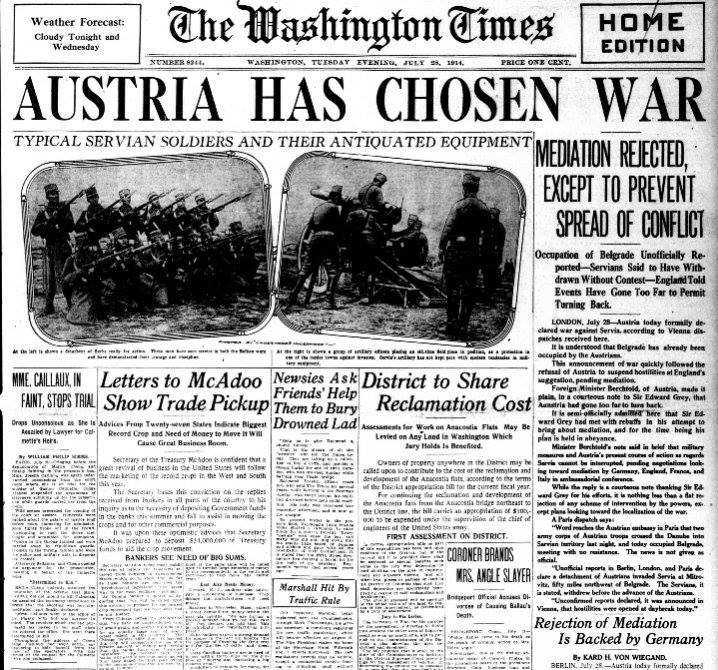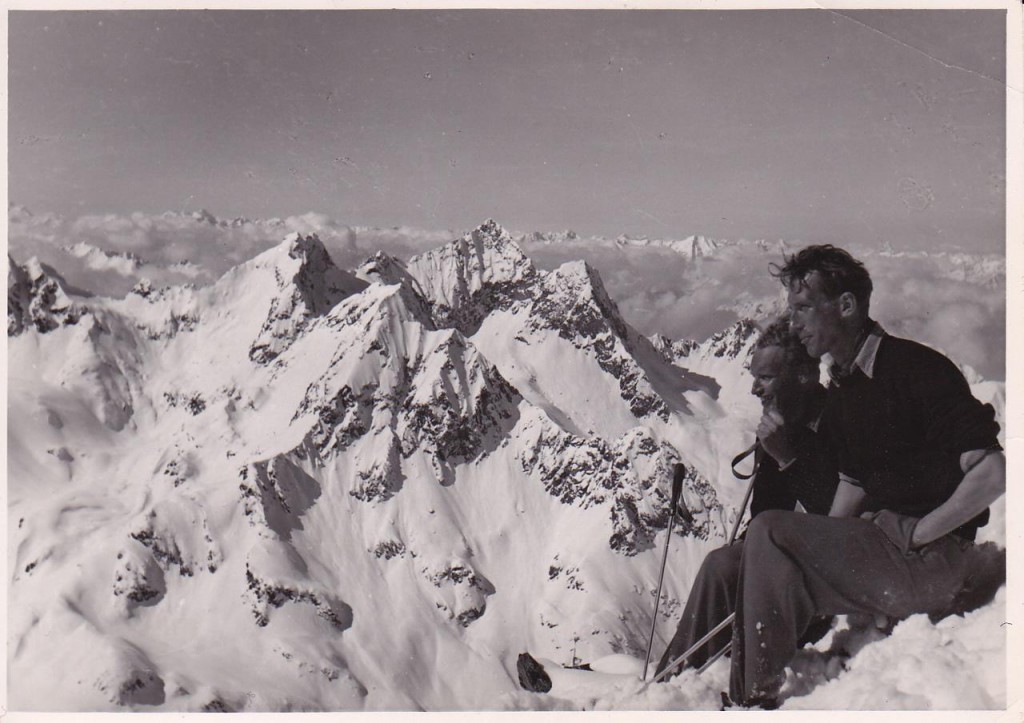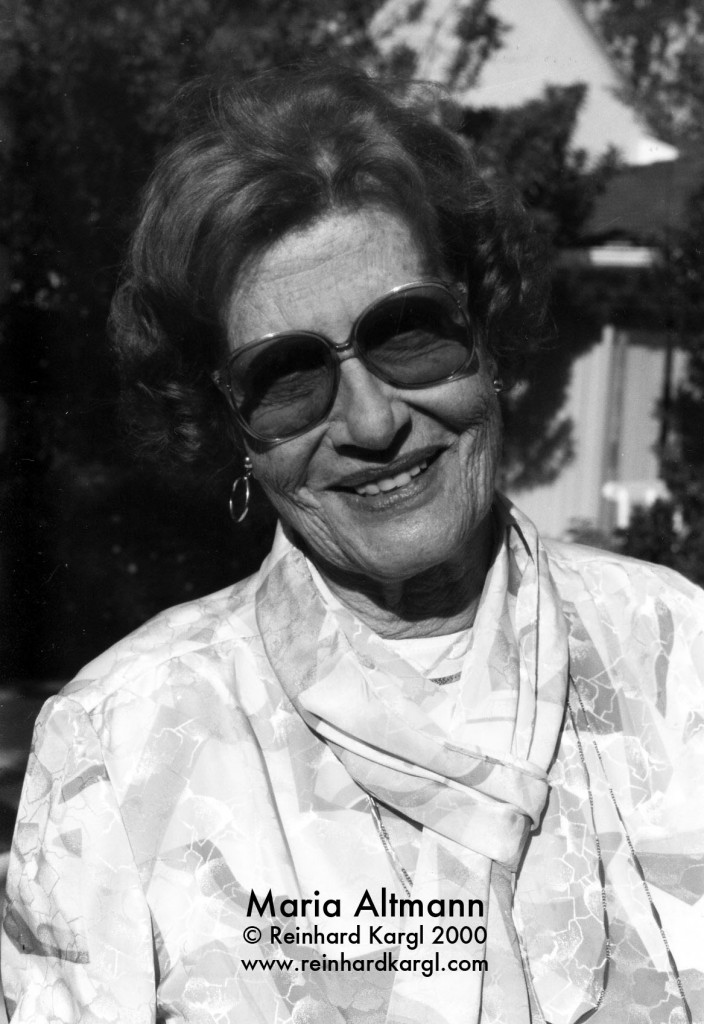by Reinhard Kargl
Today is the 30th anniversary of an event that I once thought would never, ever happen: the unification of the two postwar Germanies: West Germany (Bundesrepublik Deutschland, or BRD) and East Germany (Deutsche Demokratische Republik, or DDR). What surprised me even more was that the East German government allowed itself to be dissolved peacefully, and that the whole transition, although certainly fraught with many problems, was successfully carried out with little violence.
To this day, I continue to be surprised by aspects I had not considered realistic. For example, I recently learned that there are some fascinating legal questions and unsettled arguments about the legal status and nature of the German nation-state.
The whole subject is highly contentious and complicated. At its roots are the complex problems with defining what “Germany” is supposed to be, and specifically, what the “German Reich” is. Students of history understand that this has been one of Europe’s fundamental problems for many centuries, and a reoccurring cause of wars between the European powers. This, and World War II, have made the whole issue a taboo subject in today’s Germany.
Complicating things is that historically, several imperial lines, such as the Habsburgs, have laid claim to the title of “German Emperor”, and all sought different solutions to the fragmentation of the German people across Europe. The circumstances leading to the collapse of the German monarchies after World War II, the establishment of the short-lived Weimar Republic, followed by its economic demise, and the subsequent rise of the “Third Reich”, are well documented.
What is less well known and discussed is what happened to Germany, or to the concept of the German Reich, after World War II.
After the war, the governments of each East and West Germany considered themselves the legitimate German governments of the legitimate successor states of the German Reich. This is not trivial, because being defined as “successor state” carries important consequences in international law.
But this is already where the agreements come to an end.
There are experts in international law, and circles, who call into question whether especially West Germany was, or is truly a successor state at all. These arguments are based on two different, competing lines of reasoning. One is that when the Third Reich was defeated, the whole German Reich, as a construct, became extinct. Consequently it cannot have a successor. The other line of reasoning asserts the opposite. It claims that since the German Reich was never formally dissolved, it still exists. However, the argument goes, West Germany could not be be a legitimate successor, because it was just an occupied territory, with a constitutional structure, a legal framework, and a government imposed by foreign governments, namely Britain, the U.S.A. and France. Even the borders of this brand new nation state were drawn by foreign powers. Furthermore, the people living in the western occupied zone were never consulted about the form of state that would govern them, it being a union of states governed by a federal republic. What is more, the people living in these territories didn’t consent, but were compelled to become citizens of this so-constructed nation state.
According to this line of reasoning, East Germany would have a more legitimate claim to be a successor state, and of being “the real Germany”. This theory was certainly maintained by the DDR’s government and used in Soviet propaganda, according to which the USSR was the only power that had first defeated, and then mercifully “liberated” Germany. Reorganized under socialist rules, of course, and arguably also without properly consulting the people living in the eastern occupied zone – at least after the border was sealed. At which point people who didn’t consent to become citizens of the socialist DDR had no alternatives, and thus were also compelled to become subjects of the socialist state, whether they wanted to or not.
The unification of the two Germanies 30 years ago has complicated matters even more. The treaty clearly specifies that the DDR ceased to exist. But then, according to one of the theories above, wouldn’t this mean that any legitimate successor state status would be extinguished?
There is also the argument that neither one of the two Germanies were legitimate successors of the German Reich. So is it in fact extinct? No so, some argue, pointing to interpretations of international law which seem to establish that a nation-state’s defeat in war does not obliterate the right of its people, which continues to have the right to exist and collectively choose whatever form of government it wants.
Today there are groups in modern day Germany which reject the unified federal republic’s claim of being the “the one and only real Germany”, unified or not. Some hardliners even claim that they therefore have the right to “opt out” and not be subject to laws of a nation they never consented to be citizens of. As a consequence, some of these groups refuse to pay taxes and fines, create what they claim to be institutions of the “German Reich” and issue their own, so-called “official documents” – none of which is recognized by the German Republic, any of its member states, the European Union, or the United Nations.
While these are certainly fringe groups who routinely (and not surprisingly) get slapped down by the courts of the new Germany, it appears that they might carry the age old “German question” into the 21st Century:
What and where is Germany?






